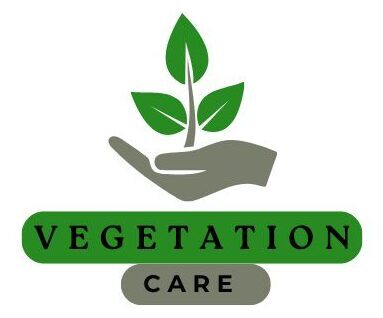Alocasia Cucullata Care, History, Planting and Growing
Buddha’s Palm or Hooded Dwarf Elephant Ear, is a mere marvel of a tropical house plant that has seduced the world’s houseplant enthusiasts with its teeny heart shaped leaves and laid-back demeanor. Found originally in Southeast Asia, this marvelous aroid steals the show in the Alocasia clan because of its hooded leafed stature and low maintenance size, so ideal to be cultivated indoors.
While Alocasia Cucullata Care may seem intimidating at first, learning the unique needs of this tropical gem in terms of humidity, light, and water can make this tropical gem a dazzling centerpiece for any houseplant collection. By remembering its tropical beginnings and its native habitats even novice plant mothers can cultivate this exotic beauty easily and be amazed by its floor show leaves all year long.
What is Alocasia Cucullata?
It is an uncommon tropical houseplant originally from Southeast Asia, belonging to the Araceae family. The striking hooded or cupped heart shaped leaf of the uncommon aroid is where it derives its name from the Latin word for hooded cucullata. This is a different species than much of the larger Alocasia relatives in that it is somewhat compact and will typically only grow 12-18 inches tall, which is perfect to grow indoors.
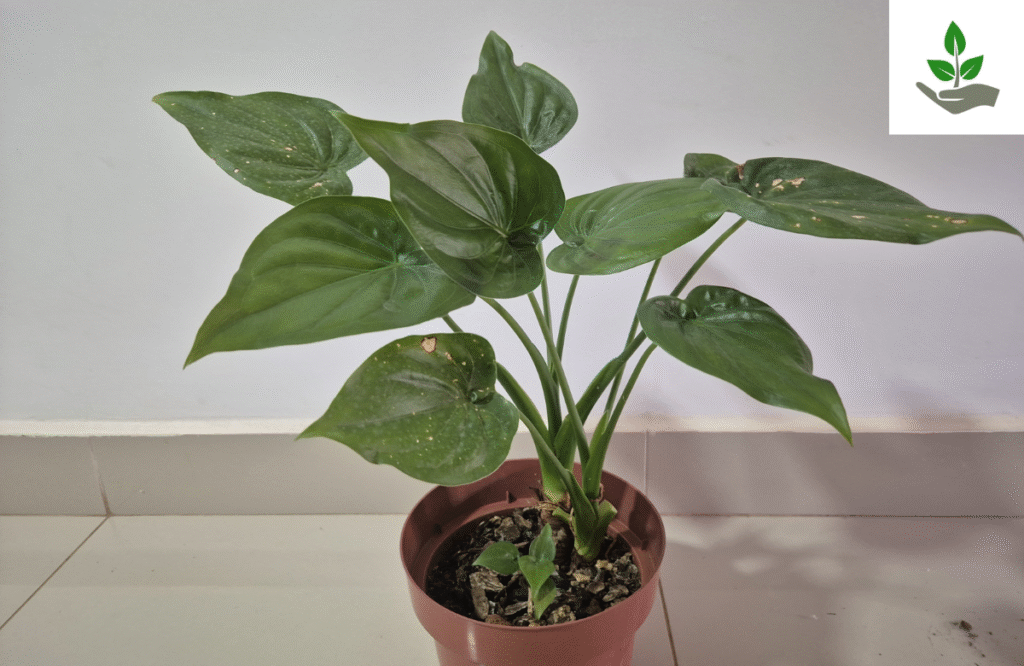
The plant has sturdy, dark green leaves with sheeny veined stems that grow from underground rhizomes, providing it an exotic and dramatic appearance. One of the favorite plants among indoor houseplant growers is its neat size, lovely leaves, and survival when taken inside as long as provided with proper conditions in the form of high humidity, bright indirect light, and frequent watering.
Alocasia Cucullata History
Alocasia Cucullata has a rich botanical history dating back to its discovery in the tropical rainforests of Southeast Asia, particularly in regions of Malaysia Thailand and Indonesia where it has grown naturally for centuries. The species was first scientifically described and classified in the 19th century during the period of extensive botanical exploration, when European botanists were documenting the diverse flora of tropical Asia.
Indigenous communities in its native regions have long recognized this plant, traditionally using various Alocasia species for medicinal purposes and as ornamental plants in their gardens. The plant gained international attention in the late 20th century as the houseplant hobby expanded globally, with collectors and enthusiasts drawn to its compact size and unique hooded leaf structure that distinguished it from larger elephant ear varieties.
Alocasia Cucullata Seeds
The Hooded Dwarf Elephant Ear or Buddha’s Hand, is usually propagated by division of offsets or rhizomes instead of seeds because this species would only on very rare occasions produce viable seeds under cultivation. Whenever seeds do happen to be available, they would need very special conditions to successfully germinate.
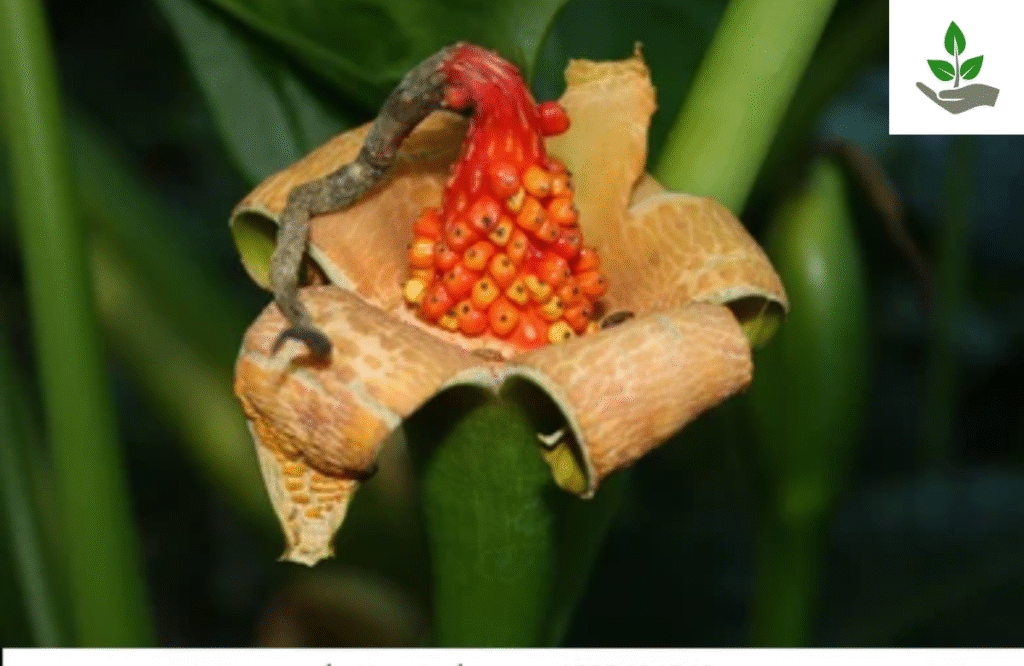
the form of high humidity (80-90%), warm temperatures (75-85°F), and a constantly moist but draining seed-starting mix. Green seeds also germinate well and can be planted immediately since they do not easily lose viability when stored. Germination can take weeks to months and is often unpredictable, hence the preferred and more reliable approach for most gardeners being vegetative propagation.
Alocasia Cucullata Planting and Growing
Alocasia cucullata thrives in bright, indirect light and good-draining potting mix with a little moisture but never waterlogged. Plant the rhizome or offset at the same depth it was previously, with good drainage to avoid root rot. This tiny, rounded elephant ear thrives in warm temperatures of 65-80°F and high humidity of 50-70%, making it perfect for bathrooms or rooms where ambient moisture is present.
Water when the surface inch of soil is dry, keeping it regularly moist but not soggy, and feed once a month with weak liquid fertilizer when in growth. It can be dormant in the winter when it will require less water and will appreciate regular misting or a humidity tray to simulate its tropical home.
Alocasia Cucullata Care
It needs daily attention to flourish indoors with bright, indirect light and from 65-80°F temperatures with humidity at around 50-70% high. Water when the top inch of soil is dry with even moisture without keeping the plant in wet soil as this may cause root rot. Pot in a well draining potting mix and give regular humidity with misting, pebble trays, or a humidifier.
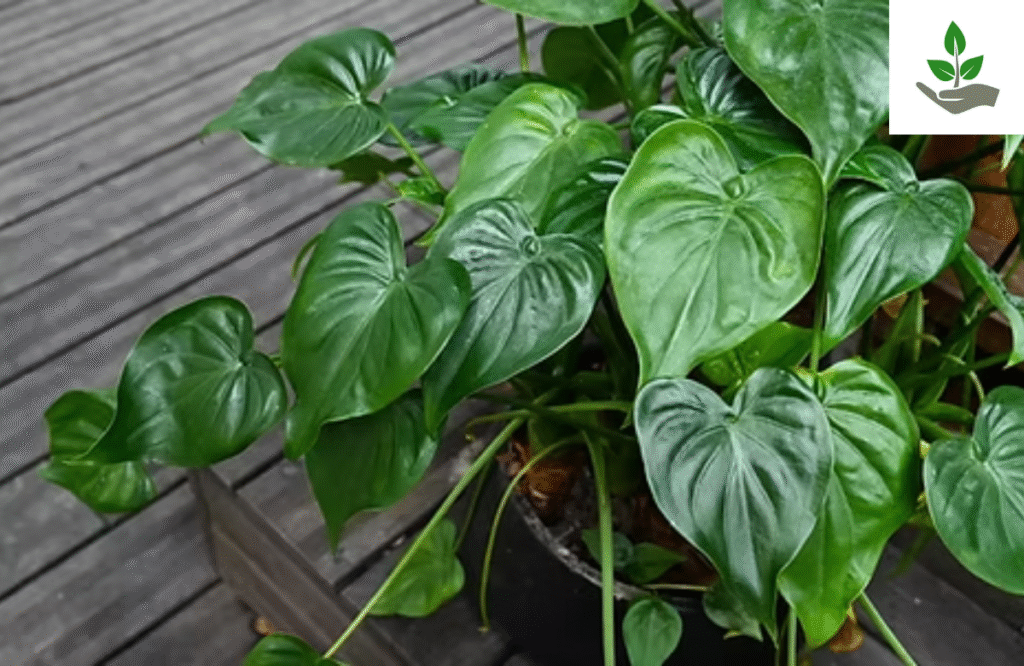
Water with liquid fertilizer, diluted every month in spring and summer, and decrease watering and fertilizing during slow winter growth. Inspect for most common pests such as spider mites and aphids, and know that the plant will naturally go dormant during colder months and will need less care until spring growth.
Alocasia Cucullata User and Benefits
Ornamental Value: Compact heart shaped glossy leaves perfect for small spaces and tabletop displays with tropical appeal.
Air Purification: Naturally filters indoor air toxins and increases humidity levels for healthier living environments.
Beginner-Friendly: Smaller size makes it more manageable than larger Alocasia varieties while maintaining exotic appearance.
Spiritual Significance: Known as Buddha’s Hand valued in feng shui and various cultures for bringing positive energy and good fortune.
Educational Benefits: Excellent for learning tropical plant care, propagation techniques, and understanding plant dormancy cycles.
Space Efficient: Ideal for apartments, offices or small rooms where larger plants won’t fit but tropical ambiance is desired.
Low Light Tolerance: Adapts well to indoor lighting conditions compared to many other tropical houseplants.
Alocasia Cucullata Fun Fact
- Called Buddha’s Hand due to its cupped leaves resembling praying palms giving it spiritual significance in various cultures.
- One of the smallest elephant ear varieties at only 12-18 inches tall, earning its dwarf nickname in the Alocasia family.
- Can completely die back underground during winter dormancy, appearing dead before dramatically returning in spring.
- Occasionally produces a unique spadix flower when extremely happy, though this is uncommon in houseplant cultivation.
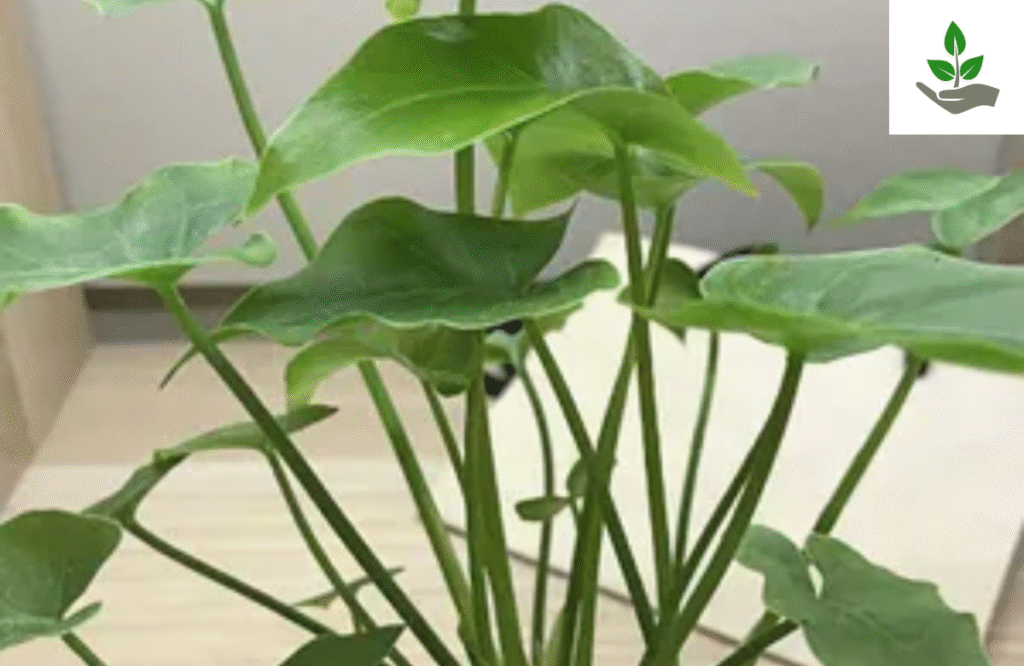
- Cupped leaf shape channels rainwater directly to roots, acting as a built in irrigation system in nature.
- Contains calcium oxalate crystals making it poisonous if eaten, despite its attractive appearance.
- Goes completely dormant in cooler months, confusing new plant parents who think their plant has died.
- Originally from tropical regions, it thrives in bathroom environments with high moisture levels.
Read More Post: China Palm Tree Care, Seeds, Planting and Benefits
Conclusion
Alocasia Cucullata Care down to a science is really all about achieving an elegant balance between moisture warmth and soft light that replicates its natural tropical habitat. Although this beautiful plant can be a bit more high-maintenance than your typical houseplant, the satisfaction of observing its characteristic hooded leaves opening and developing brings each endeavor to fruition.
By keeping humidity steady, giving them bright indirect light and setting up a decent watering schedule you will be able to appreciate the tropical beauty of Buddha’s Palm for many years to come. Keep in mind that observation and patience are essential elements of proper Alocasia Cucullata care, as knowing your plant’s specific needs and the changes between seasons will give you the confidence to maintain this tropical gem healthy and thriving in your home garden.
FAQs
How do I care for Alocasia Cucullata?
Alocasia Cucullata thrives in bright, indirect light with consistently moist but well-draining soil. Maintain humidity levels of 50-60%, water when the top inch of soil feels dry, and keep temperatures between 65-80°F. Feed monthly during growing season with diluted liquid fertilizer.
Why are my Alocasia Cucullata leaves turning yellow?
Yellow leaves on Alocasia Cucullata typically indicate overwatering, underwatering, or natural leaf cycling. Check soil moisture levels and adjust watering accordingly. Older leaves naturally yellow and drop as new growth emerges, which is normal plant behavior.
How often should I water Alocasia Cucullata?
Water your Alocasia Cucullata when the top 1-2 inches of soil feel dry to the touch, typically every 7-10 days. Frequency varies based on humidity, temperature, and pot size. Ensure proper drainage to prevent root rot, as these plants prefer consistently moist but not waterlogged conditions.
